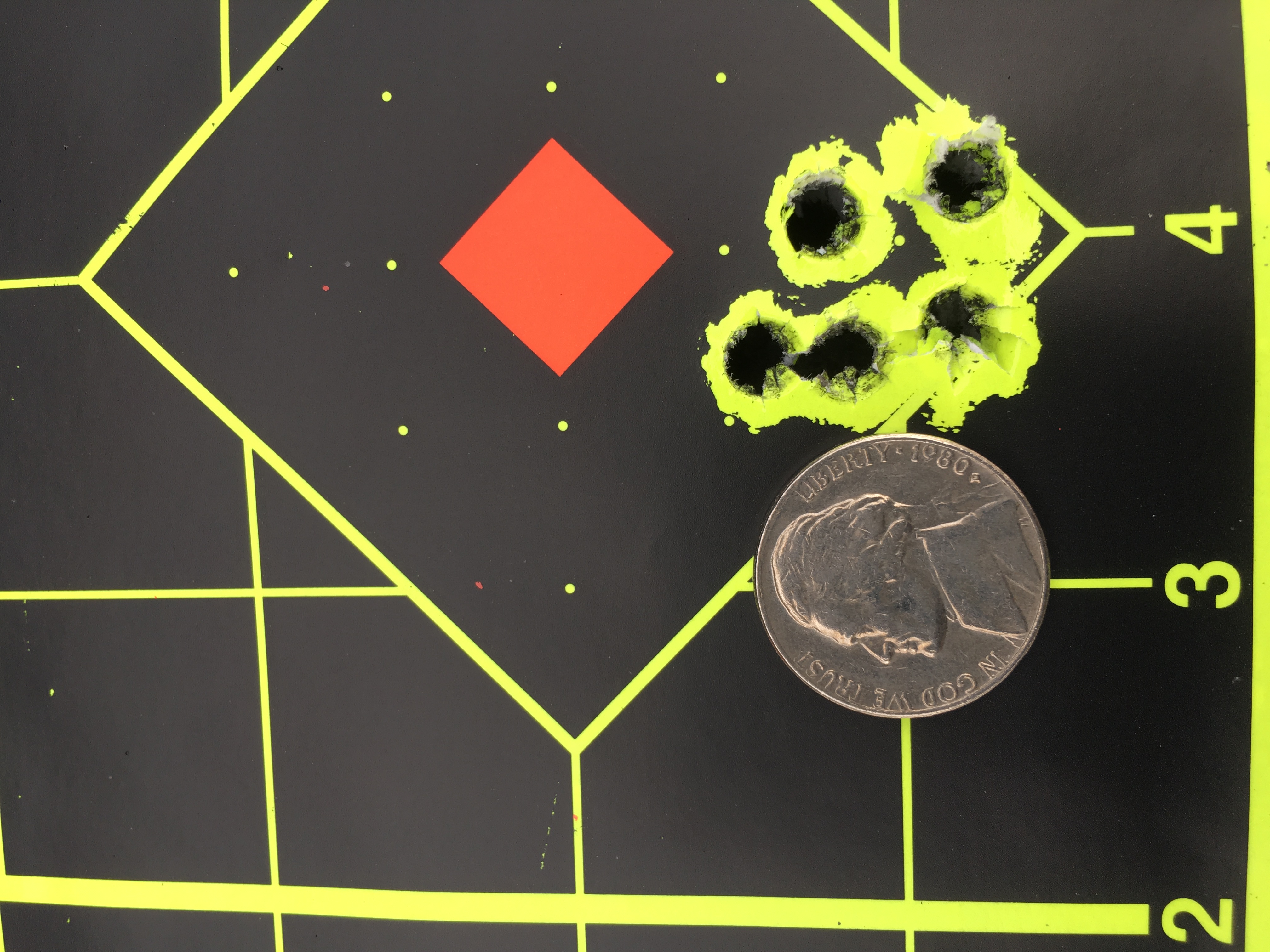Posted by Dan Carlson on Aug 3rd 2020
The importance of sighting in
Several years ago a friend of mine who guides deer and elk hunters in Wyoming told me a story. He was guiding several hunters from “back east” on a hunt for trophy mule deer. The group had just arrived at the hunting spot and loaded their guns. As they were getting set to start out, a splendid mule deer buck trotted up, stopped and presented them all with a classic broadside shot at less than 50 yards away. Each member of the hunting party emptied his rifle at the buck. The deer then trotted off unscathed. My guide friend then loaded all the hunters back into the trucks and headed back to his ranch headquarters where he announced that no further hunting would be done until each member of the party demonstrated he was capable of shooting at and hitting one-gallon milk jug at 100 yards. The rest of the morning was spent sighting in.
This story is really not that unusual. Nearly every guide who has been in business for any length of time will tell you stories about clients showing up in hunting camp wanting to shoot big game with a brand new rifle and scope combination that had never been fired.While many sporting goods stores do provide boresighting services that are supposed to “put you on paper” at 100 yards, such services are only as good as the person behind the counter doing the work and are only intended to give you a place to start when you sight-in during your first practice session.
I speak from experience concerning this matter. I once had a rifle boresighted with a new scope at a gun shop counter, went to sight-in and the first shot missed the standard-sized target cleanly. So did the second and third. Suspecting a mistake at the gun shop, I moved up so I was 25-yards away from the target and fired. A nice round hole appeared in the board to which my target was affixed about two feet below the bullseye. That meant I was hitting about eight feet low at 100 yards.I never had boresighting done at that shop again.

How often should a hunter check to be sure his rifle is shooting where it’s supposed to?You really should have at least sighting-in session before each season, and more if you switch ammunition brands, bullet weights, or give your firearm an accidental bump from a drop or rough ride to the range or hunting camp. Many big-game guides will ask you to “check your zero” before they take you hunting. Always recheck your zero after you’ve flown to a hunting destination. Baggage handlers can be hard on the toughest of gun cases and their contents.
You may ask, “Is it really necessary to re-check my scope and rifle accuracy if I switch brands of ammo using the same weight bullet?”Yes, absolutely. I would go so far as to say that switching kinds of ammunition with the same weight bullet made by the same company warrants a sight-in session. Let me use a personal illustration.
When Federal first came out with its Fusion ammunition specifically made for deer hunters, I was asked to field-test the round. At the time I was shooting a Sako .30-06.I bought a box of Fusion in the correct caliber with 165-grain bullets and also bought a box of Federal Vital-Shock ammo with the same weight bullet. Both cartridges grouped nicely at 100 yards, but the Vital-Shock group was about eight inches from the bullseye in the 10 o’clock position while the Fusion bullets of the same weight hit 2.5 inches high right above the bullseye. Same day, same range, same gun, same rest, only minutes apart. If I’d been on a hunt and switched from Fusion to Vital-Shock without sighting-in again, my bullet impact would be 16 inches off high and to the left at 200 yards, and nearly two feet off the mark at 300 yards. Some guns may not be as finicky as mine, but I’d rather be sure than lose a chance at a trophy or wound a deer with a bad shot.
Do you need to sight-in again if you haven’t shot your gun since last season and plan to use the same ammo?If you cleaned your gun since that last hunt, yes. Even If you didn’t clean your gun, clean it and then sight-in again. Gun cleaning sometimes leaves a bit of solvent residue or other material that can alter the flight path of the first round or two fired after cleaning. Not cleaning your gun after a season invites the chance of nasty surprises when you open your case a year later.Rust, pitting and fading finish are all penalties paid for failing to properly clean and store a firearm.
So, before you head into the woods after that buck this year, make sure your bullet hits precisely where you want it to. The result will be more one-shot humane kills and greater confidence in your marksmanship. And please don’t forget to check Nexgen Outfitters’ selection of targets, shooting rests and ammunition.

